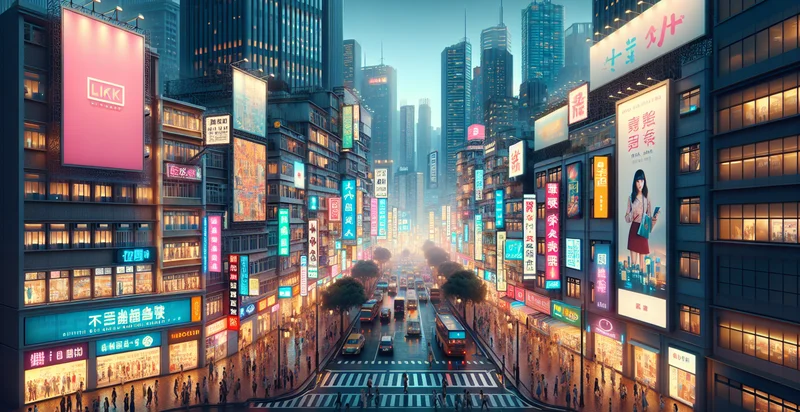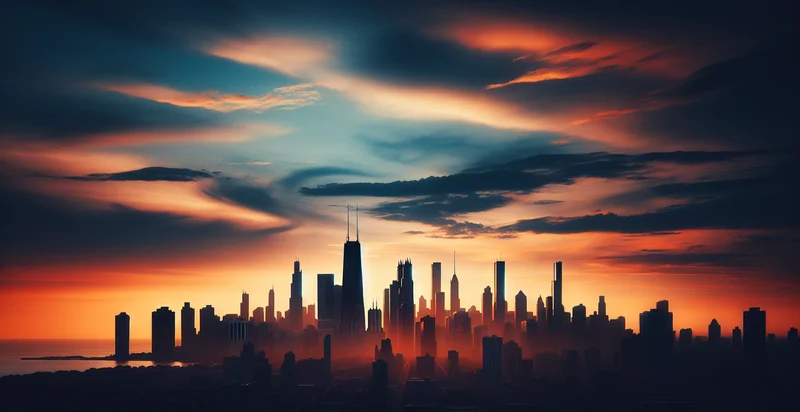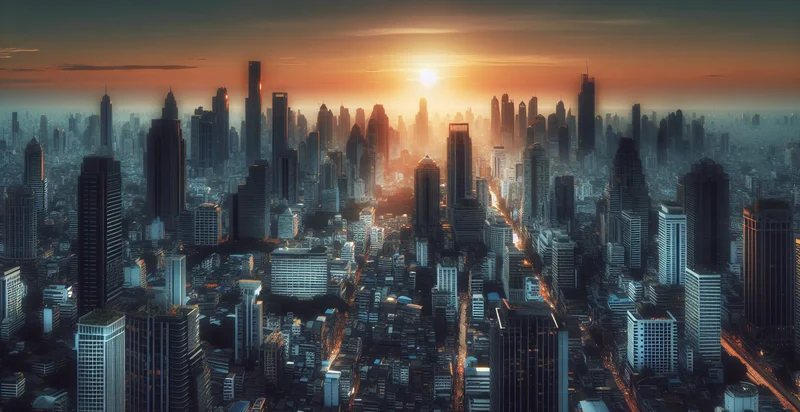Identify retail presence in the skyline
using AI
Below is a free classifier to identify retail presence in the skyline. Just upload your image, and our AI will predict the retail presence in the skyline. - in just seconds.

Contact us for API access
Or, use Nyckel to build highly-accurate custom classifiers in just minutes. No PhD required.
Get started
import nyckel
credentials = nyckel.Credentials("YOUR_CLIENT_ID", "YOUR_CLIENT_SECRET")
nyckel.invoke("retail-presence-in-the-skyline", "your_image_url", credentials)
fetch('https://www.nyckel.com/v1/functions/retail-presence-in-the-skyline/invoke', {
method: 'POST',
headers: {
'Authorization': 'Bearer ' + 'YOUR_BEARER_TOKEN',
'Content-Type': 'application/json',
},
body: JSON.stringify(
{"data": "your_image_url"}
)
})
.then(response => response.json())
.then(data => console.log(data));
curl -X POST \
-H "Content-Type: application/json" \
-H "Authorization: Bearer YOUR_BEARER_TOKEN" \
-d '{"data": "your_image_url"}' \
https://www.nyckel.com/v1/functions/retail-presence-in-the-skyline/invoke
How this classifier works
To start, upload your image. Our AI tool will then predict the retail presence in the skyline..
This pretrained image model uses a Nyckel-created dataset and has 21 labels, including Beauty Supply Stores, Bookstores, Boutiques, Clothing Stores, Convenience Stores, Department Stores, Discount Stores, Electronics Stores, Furniture Stores and Garden Centers.
We'll also show a confidence score (the higher the number, the more confident the AI model is around the retail presence in the skyline.).
Whether you're just curious or building retail presence in the skyline detection into your application, we hope our classifier proves helpful.
Related Classifiers
Need to identify retail presence in the skyline at scale?
Get API or Zapier access to this classifier for free. It's perfect for:
- Urban Retail Analysis: Retail companies can use the false image classification function to assess their visibility in urban skylines, thereby identifying where their stores are located in relation to high-traffic areas. By analyzing skyline images, businesses can strategize on marketing campaigns or site selection for new stores based on observed competitor presence.
- Competitive Benchmarking: Retailers can utilize this function to compare their retail presence against competitors in metropolitan skylines. By identifying how their branding stacks up in cityscapes, companies can improve their competitive positioning through targeted advertising and promotions.
- Site Selection Optimization: Real estate teams can leverage the function to identify and evaluate potential locations for new retail stores based on urban visibility. By understanding the skyline presence, they can make data-driven decisions that optimize foot traffic and accessibility.
- Marketing Campaign Development: Advertising agencies can employ this classification tool to create campaigns that highlight specific stores' skyline visibility. Knowing how a brand appears within an urban landscape can influence creative strategy and media buying decisions.
- Urban Planning Consultation: City planners and developers can use the false image classification function to analyze the impact of new developments on existing retail visibility. This information can guide planning decisions that enhance the commercial appeal of urban areas while minimizing disruption to retail presence.
- Brand Equity Assessment: Companies can evaluate their brand equity by examining their retail visibility in the skyline compared to competitors. This provides insights into how well the brand is recognized and can inform adjustments to marketing and branding strategies.
- Consumer Behavior Insights: Retailers can gain insights into consumer behavior based on the visibility of stores in skylines. By analyzing patterns in foot traffic and consumer interactions with visible stores, businesses can tailor their offerings and engagement strategies to better meet customer needs.


